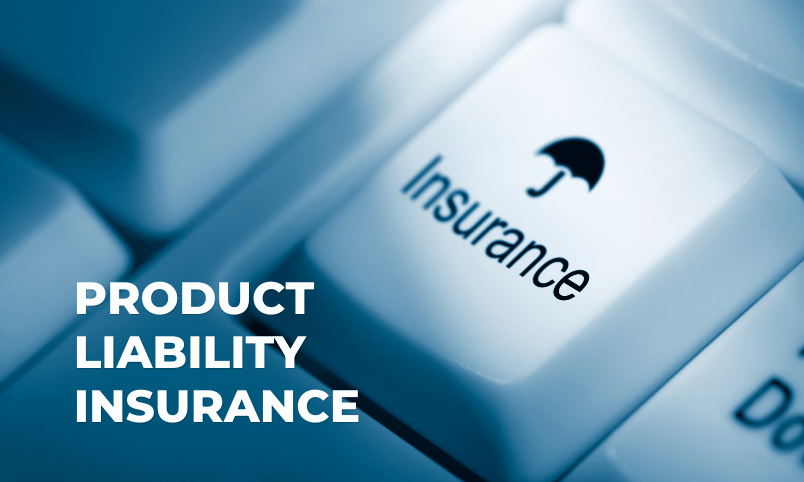By Esabda
Risk is an ingrained part of any microfinance industry, as it involves individuals and small businesses that may lack a collateral and credit history. As many companies and individuals have been beneficial due to the microfinance service. Some are also facing risks that are attached to it. With microfinance’s growth and development, new risks are also evolving. In this article, we have listed the different types of risks in Microfinance that people and businesses have to face.
What is Microfinance and its Risks in Present Time?
Microfinance is a financial services model that provides small loans, savings, and other financial services to underserved populations. Such as low-income individuals, who lack access to traditional banking services.
The microfinance industry has grown significantly in recent years, which has boosted competition and altered the financial environment, introducing new dangers. These dangers include the dangers of default, interest rates, currency, liquidity, politics, reputation, and competitiveness.
To reduce these risks and guarantee the sustainability of their operations, microfinance institutions must have a thorough risk management structure in place. Microfinance institutions may encourage the expansion of small enterprises, foster economic development, and give access to financial services to underrepresented populations by proactively addressing these risks.
How Microfinance is Useful?
In the present date, new entrepreneurs are rising day by day. Many businesswomen from rural, small businesses, and low-income households are often facing financial problems. When the big financial institutions face hard to help these small clients Microfinance came here to break these barriers. Some of the common use of Microfinance at the present time are listed below:
- It gives small businesses and entrepreneurs who might not be able to obtain loans from traditional banks access to finance.
- It encourages the growth of the economy and the creation of jobs in underdeveloped areas.
- It promotes financial inclusion by giving those without access to traditional banking services a way to manage their finances.
- It encourages the development of small and micro businesses, which can raise income and living conditions for people and their families.
- It opens up a new market for financial service providers, increasing competition and resulting in better services for clients.
Types of Risks in Microfinance
With all the benefits of microfinance to various individuals and businesses there are a few common risks too. Most of these risks can be easily solved by many businesses. But generally small businesses with low capital and confidence find it hard to overcome these. Some of the common types of risks in Microfinance are explained below:
1) Default Risk
Default risk means borrowers not being able to repay their loans. Some borrowers might not be able to pay back their debts, which would result in losses for the lender. For example, a microfinance organization in a rural region can lend money to farmers so they can purchase fertilizer and seeds for their crops. Farmers may not be able to repay their loans if crops fail due to unfavorable weather, which puts the microfinance institution at risk of default. Have a detailed look about Default risk (onlinelibrary.wiley.com)
2) Interest Rate Risk
Interest rate risk is the possibility that variations in interest rates will have an impact on the microfinance institution’s capacity to make a profit. Fluctuations in interest rates can affect the profitability of microfinance institutions (MFIs). For instance, if interest rates rise, the microfinance institution’s cost of borrowing may also rise, lowering its profitability.
3) Liquidity Risk
Liquidity risk means the risk when microfinance institutions will not be able to find enough funds to cover their commitments. MFIs may face difficulty in obtaining sufficient funds to meet their obligations. For example, if several borrowers default on their loans at once, the microfinance organization could not have enough money to cover its own commitments.
4) Currency Risk
Currency risk is the possibility that changes in currency rates will have an effect on the microfinance institution’s financial performance. MFIs that operate in multiple countries may be exposed to currency fluctuations and exchange rate risks. For example, if a country’s currency has a significant decline in value relative to other currencies, a microfinance organization might there face losses.
5) Reputation Risk
Reputation risk refers to the risk that the microfinance institution will suffer damage if it is thought to be engaging in unethical or exploitative behavior. MFIs can suffer damage to their reputation if they are perceived to be engaged in unethical or exploitative practices.
For example, if a microfinance organization is discovered to be imposing strict repayment conditions or high-interest rates on borrowers, this may result in a loss of reputation and a decrease in the number of borrowers.
6) Competition Risk
Competition risk refers to the risk that increased competition in the microfinance industry may result in decreased earnings for microfinance institutions. Increased competition in the microfinance industry may lead to lower profits for MFIs.
For example, if a new microfinance institution enters the market and offers more favorable loan terms and lower interest rates than existing institutions, this could lead to a decline in the profitability of the existing institutions.
7) Political Risk
Political risk is the possibility that the microfinance institution’s operations and financial results would suffer as a result of changes in governmental policies or political unrest in a particular nation. Changes in governmental laws, policies, or unrest in a nation can have a detrimental effect on MFI operations and financial results.
For example, if a government introduces new rules that make it more challenging for microfinance institutions to operate. This might result in a decrease in the number of borrowers and a loss in the profitability of the institution.
Business and Industries That Face More Microfinance Risk
Businesses or sectors operating in nations with lower economic and political stability, less access to traditional banking services, and greater rates of poverty are those that face the most microfinance risk. These industries may include:
- Agriculture: Small-scale farmers and rural companies often lack access to capital. And also face numerous financial and economic challenges, making them high-risk groups for microfinance institutions.
- Informal sector: Street vendors and unregistered small companies are examples of informal businesses. They frequently are not eligible for loans from regular banks and may have more trouble getting credit.
- Micro and small enterprises: These companies are a great target for microfinance services since they often have limited access to credit. Also, they may find it difficult to obtain capital from conventional banks.
- Low-income households: Low-income households could find it difficult to use standard banking services. This might be more inclined to turn to microfinance organizations for their financial requirements.
These industries often have a higher risk of default. Making it important for microfinance institutions to have effective risk management strategies in place. Which helps to minimize losses and ensure the sustainability of their operations.
In Conclusion of Microfinancial Risk
In conclusion, microfinance is crucial for granting underprivileged people access to financial services and fostering economic growth. However, several types of microfinance risks, such as default risk, interest rate risk, currency risk, liquidity risk, political risk, reputation risk, and competitive risk are also present in the microfinance sector.
Businesses and sectors operating in nations with lower economic and political stability, less access to traditional financial services, and greater rates of poverty are particularly susceptible to these hazards. Microfinance institutions may reduce these risks and maintain the sustainability of their operations while fostering the expansion of small enterprises. Also advancing financial inclusion by putting in place a thorough risk management system.
ALSO READ: 4 Basic Health Insurance Plans for a Small Business
FAQs (Frequently Asked Questions)
Risk management is crucial in microfinance because it helps mitigate potential financial losses and protects both microfinance institutions and borrowers. Microfinance involves providing financial services to low-income individuals and small businesses, who may have limited access to traditional banking services. By identifying and managing risks such as credit risk, operational risk, and market risk, microfinance institutions can ensure the sustainability of their operations and continue providing much-needed financial support to vulnerable communities without compromising their own financial stability.




